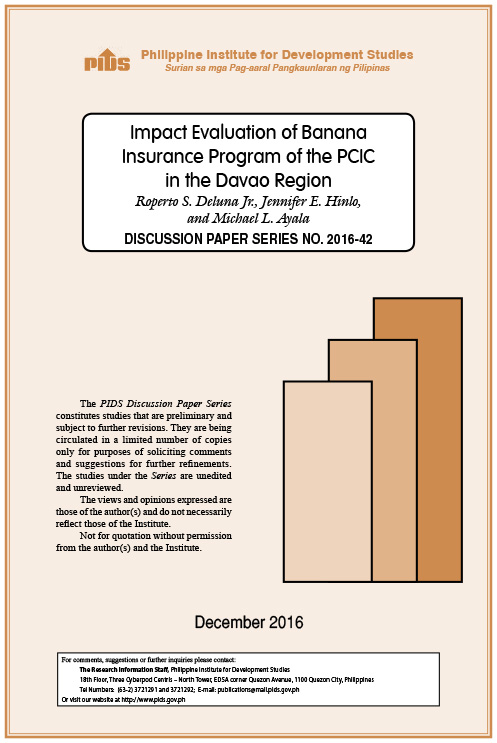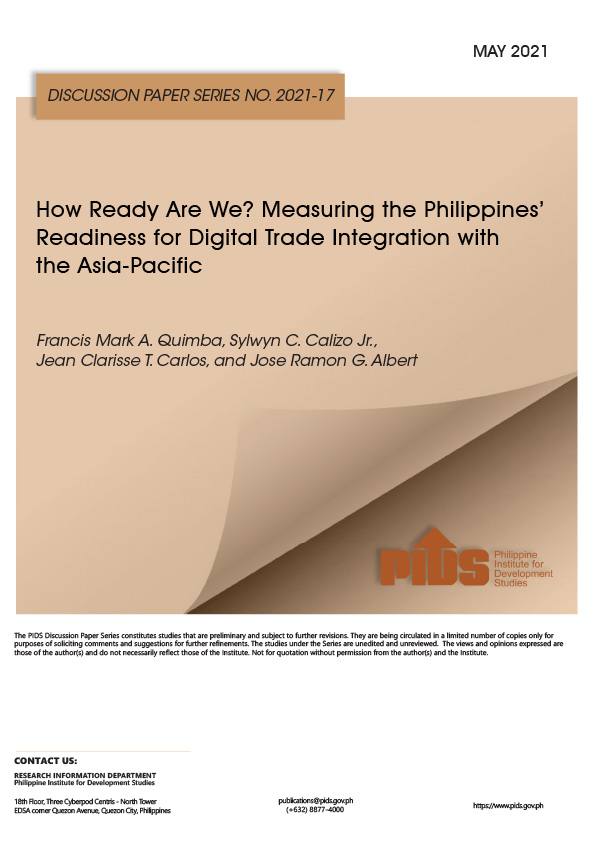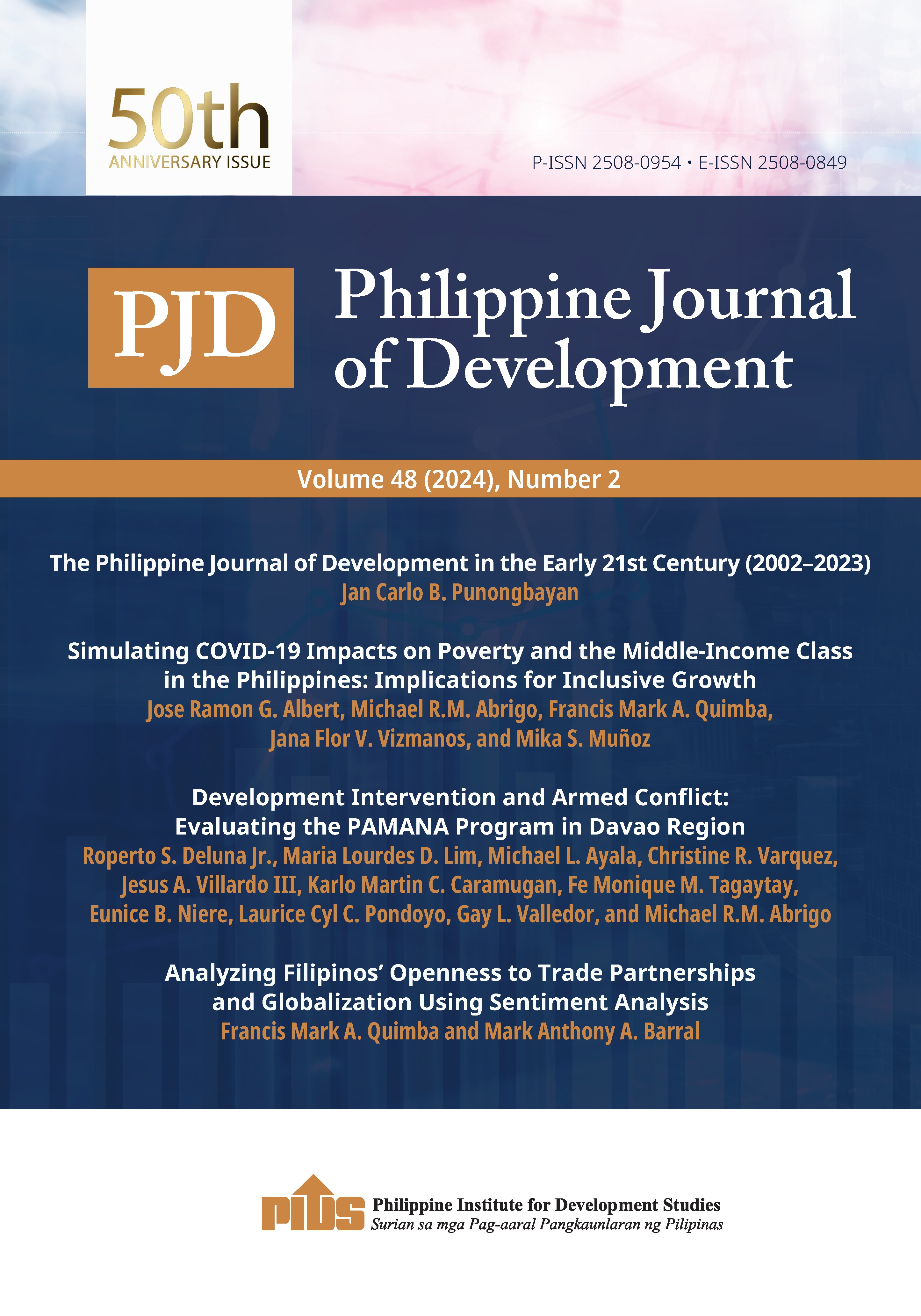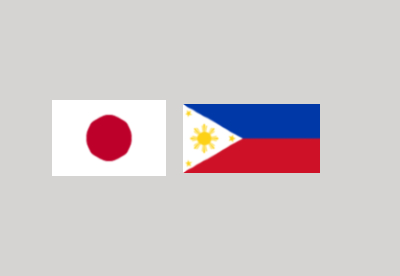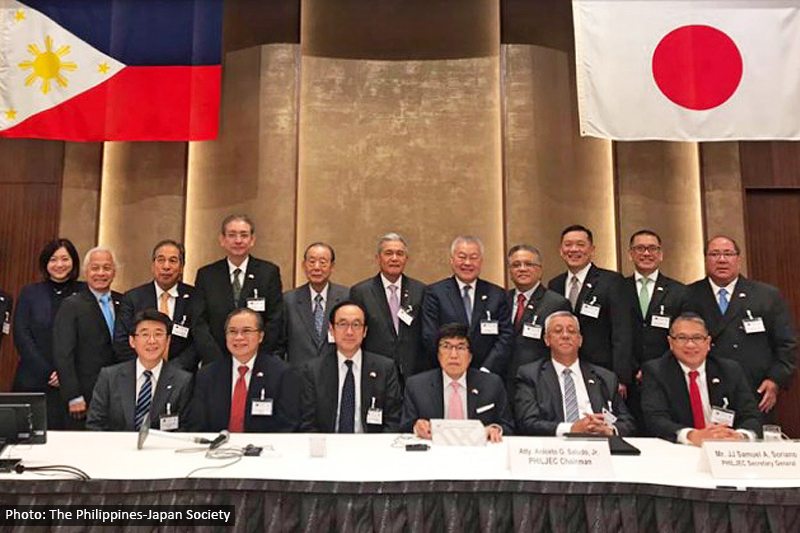Agricultural crop insurance is a risk management tool to counter shocks and risks in banana production. It is a mechanism for farmers to be protected from unexpected risks and a tool for them to recover from the shocks experienced. The Philippine Crop Insurance Corporation is mandated to provide insurance protection to the country’s agricultural producers, particularly the subsistence farmers, against natural disasters and other perils. This paper evaluated how agricultural insurance made an impact on banana growers in terms of managing risks and their well-being. The inputs, outputs, and outcomes relative to risk, agricultural investment, productivity, and access to credit are documented to provide options and strategies in improving the agricultural crop insurance in the country.
Agricultural crop insurance at its present coverage level is not sufficient to create impact on stabilizing income of banana farmers hit by shocks. This could be attributed to low insurance coverage, which is only 55 percent of the production cost of banana. Without the subsidy of the government, and status quo on coverage and premium rate, crop insurance in the country will not be sustained in the case of banana. Agricultural insurance has not fully penetrated the whole banana industry yet because of the lack of information dissemination. Hence, educational programs to inform the farmers about the benefits of modern risk management schemes in banana should be prioritized because the major driver toward sustainable development of agriculture in the Philippines is to instill resiliency of farmers through agricultural crop insurance.

